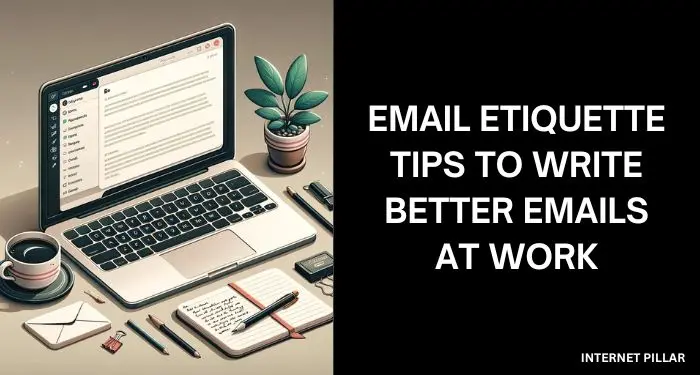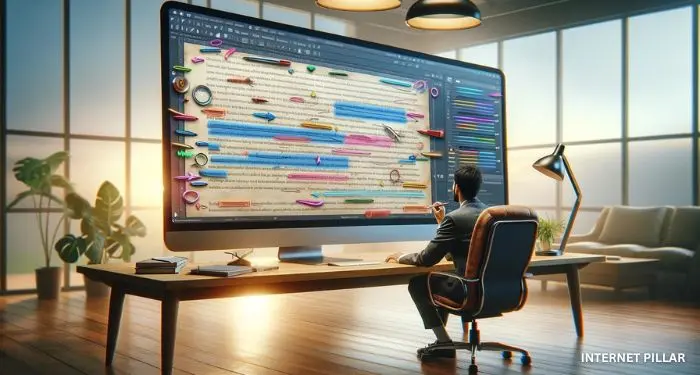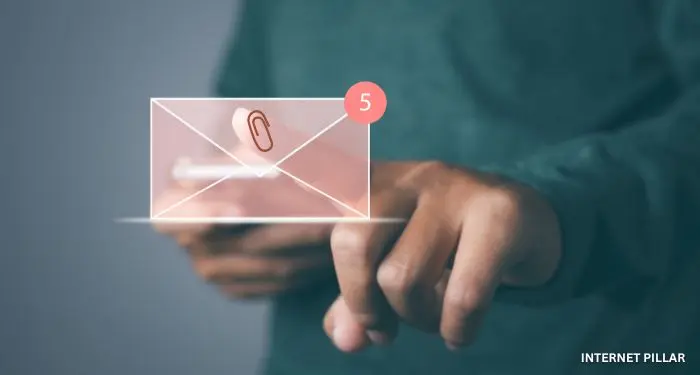Email etiquette is all about the do’s and don’ts of email communication, especially in a professional setting.
It includes everything from the language we use to how we structure our messages and maintain an appropriate tone for different recipients, such as bosses, colleagues or clients.
It is important because it reflects your professionalism and personality.
The article shows the importance of adapting your email style based on who you are writing email and the context.
It also touches on the challenges of managing a busy inbox. Good email habits make life easier and can also help in career growth.

The article suggests prioritizing written communication and understanding the nuances of workplace email etiquette to improve efficiency and team culture, especially in remote work environments.
Let’s dive in.
11 Email Etiquette Tips to Write Better Emails at Work
1. Craft Clear Email Subject Lines
The subject line of your email is important. It determines whether your email gets opened or ignored.
Opt for clear, concise and action-driven subject lines. Instead of vague references, directly state the purpose like “Board Meeting moved to Monday, 03/10/2024 at 12 PM”.
This approach not only grabs attention but also conveys the essence of your email, boosting its chances of being read.

2. Choose a Professional Email Address
Your email address is your digital identity, especially in professional settings.
Using a company-provided or a professionally named personal email address enhances credibility.
Avoid casual or quirky handles that might not resonate well in a business context.
A simple, professional email address, ideally including your name, sets the right tone for business communications.
3. Understand Your Audience
Tailoring your email’s tone and content to your audience is key.
Cultural nuances and professional backgrounds can significantly impact how your message is received.
Aim for clarity and relevance, ensuring your email addresses the recipient’s needs or concerns.
If covering multiple topics, structure your content with bullet points for better readability.
4. Structure Your Email Effectively
When crafting an email, the structure plays a important role in ensuring your message is clear and effective.
Begin with a compelling subject line that succinctly captures the essence of your email.
Use specific keywords like “proposal,” “help,” or “feedback” to give the recipient a clear idea of the email’s content right from the start.
Remember, a well-thought-out subject line can significantly increase the likelihood of your email being opened and read.

5. Introduce Yourself
Introducing yourself in an email is more than just a courtesy; it is an essential step, especially when reaching out to someone for the first time.
Even if you’re emailing a colleague within the same company, don’t assume they know who you are.
A brief introduction sets the stage for your message and helps build a connection with the recipient.
6. Be Mindful of Confidentiality
Emails are easily forwarded, so it’s vital to consider the sensitivity of the information you’re sharing. Avoid discussing highly confidential matters via email.
If you must share sensitive information, double-check the recipient list and employ security measures to protect the content.
Using ‘bcc’ can help maintain the privacy of your contacts in group communications.
7. Proofread Your Email Before Sending
Before hitting send, always proofread your email.
This step is not just about catching typos or grammatical mistakes; it is about ensuring your message is complete and going to the right people.
Check the ‘to’, ‘cc’ and ‘bcc’ fields to avoid sending your email to unintended recipients.
Don’t rely solely on spell-checkers; they can miss errors that could be embarrassing or change the meaning of your message.

8. Uphold Spelling and Grammar Standards
Correct spelling and grammar are non-negotiable in professional emails.
They reflect your professionalism and attention to detail. Even minor mistakes, like a missing letter in a word, can lead to misunderstandings or embarrassment.
Use spell check and consider more advanced grammar tools to ensure your email is error-free.
Reading aloud can also help catch awkward phrasing.
9. Follow Brand Visual Standards
Your emails should visually align with your company’s branding.
This includes using consistent fonts, colors and layouts that match your organization’s style guide.
A mismatch in the visual elements can confuse recipients and dilute your brand’s identity.
For a professional touch, include a standardized email signature with your name, position and company details.
10. Manage Attachments Carefully
Attachments are a common source of email mishaps. Always double-check that you’ve attached the right files and mentioned them in your email.
To avoid inconveniencing your recipients with large files, consider compressing them or using cloud links.

Properly naming your attachments also helps recipients understand what you’re sharing.
11. Use a Professional Email Signature
A well-designed email signature can enhance your communication by providing recipients with your contact information and a sense of who you are.
Keep it simple and professional, avoiding excessive artwork or quotes.
This personal touch can make your emails more engaging and provide recipients with easy access to your contact details.
So these were some of the e-mail etiquettes that you should follow to write effective and professional mails.



